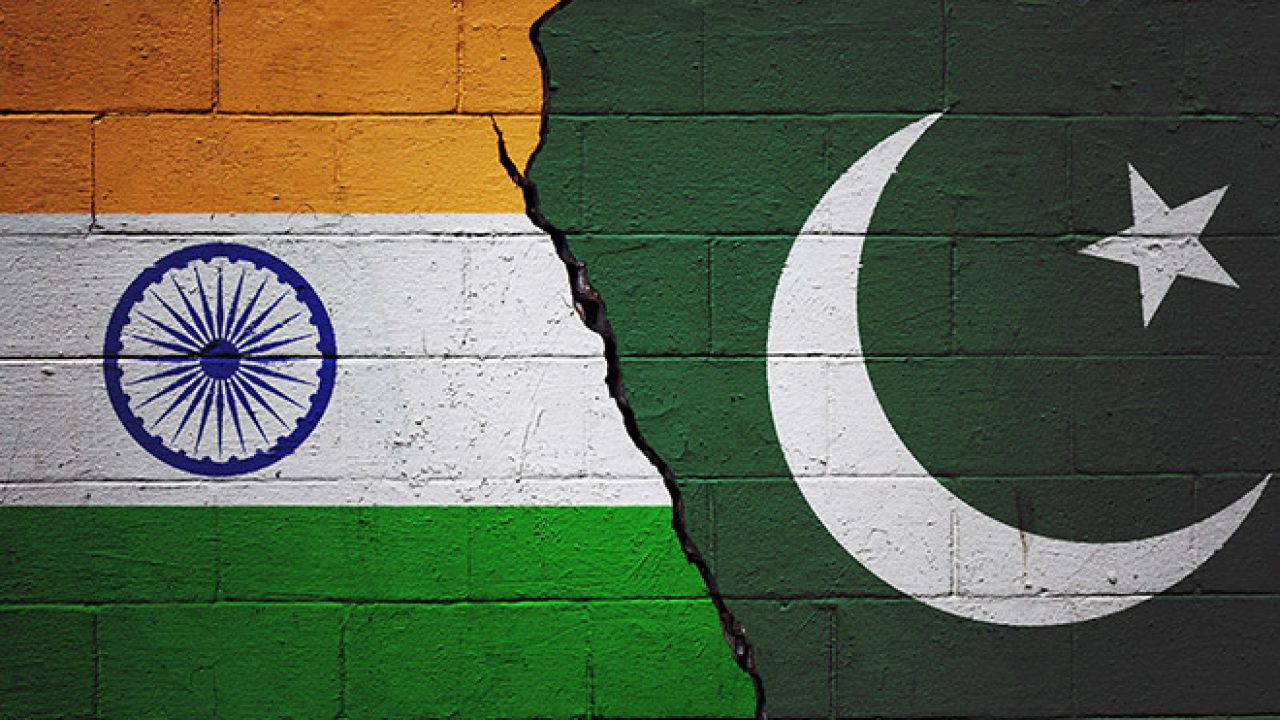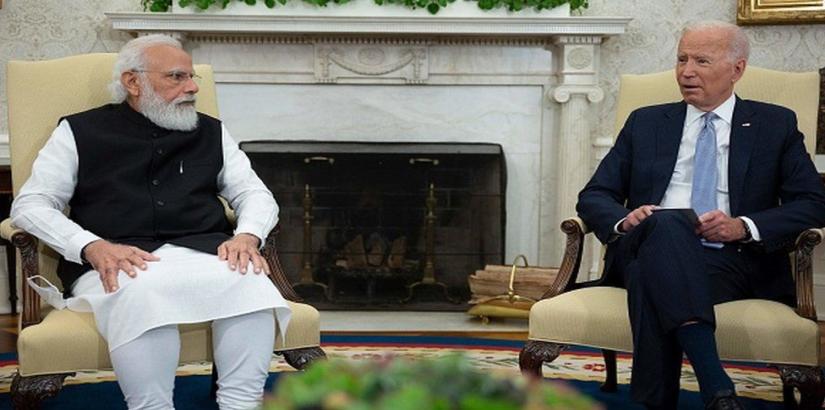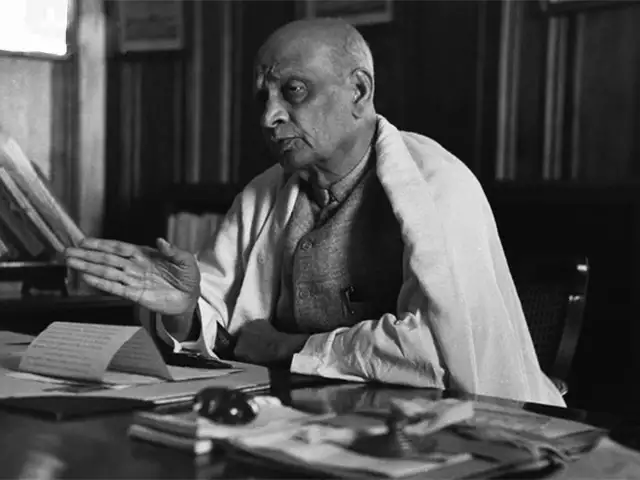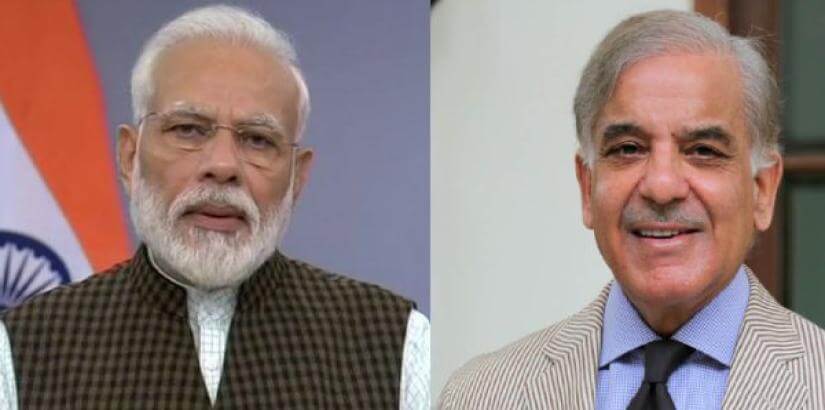Harsh Mahaseth and Ananya Shukla
In recent years, the Kashmir area straddling India and Pakistan has seen nearly 2,000 violations of the Ceasefire Agreement (CFA) between the two countries in 2003. These violations have the potential not only to spark a bilateral military, diplomatic, and political crisis but can also exacerbate tense situations, particularly in the aftermath of terrorist attacks. Except for the 2008 Mumbai terror attack and a separate attack on an Indian Army base in Uri, Kashmir in September 2016, ceasefire breaches have been the most common source of confrontation between New Delhi and Islamabad over the last decade.
There has been persistent tension between India and Pakistan over the International Border in Jammu and Kashmir. The last 700 miles of the border are disputed and have historically been claimed by both countries. It runs diagonally from Pakistan to China and, unlike the Punjab border or the India-Pakistan border further south, is devoid of border pillars, rendering it a fictitious rather than real border.
The United Nations was successful in stabilizing the situation for some time during the 1960s; however, the war in 1971 reignited the tension. After the war, India and Pakistan renamed the ceasefire line the Line of Control (LoC).
The 2003 ceasefire agreement is remembered as a watershed moment because it brought peace to the LoC until 2006. Between 2003 and 2006, the military personnel of the two countries did not fire a single bullet at each other. However, ceasefire breaches have become increasingly common since 2006. Over 2,000 ceasefire violations were reported in 2018 [2]. Ceasefire breaches increased to more than 3,400 in 2019 and more than 5,000 in 2020. Since 2006, there have been more than 14,000 ceasefire violations.
India-Pakistan relations have consumed a significant portion of the nations’ foreign resources and will certainly continue to do so in the future. India and Pakistan have opposing national philosophies and have been unable to create a power balance in South Asia that is mutually acceptable. The Kashmir conflict has been the most complicated issue in India-Pakistan relations since the country’s partition in August 1947. Pakistan’s leaders refused to recognize the legitimacy of India’s Instrument of Accession to Kashmir, and an unofficial war erupted in October 1947. The war was the first of three between the two countries.
Border agreements
To settle the border conflict, India and Pakistan have signed multiple agreements, which are:
Karachi Agreements, 1949: The United Nations Commission for India and Pakistan oversaw the signing of this agreement after the 1947 India-Pakistan war. A ceasefire line was formed along the disputed Kashmiri regions as part of the agreement. United Nations observers keep an eye on the ceasefire line. Both parties agreed to set up a 500-yard buffer zone on both sides of the ceasefire line.
Shimla Agreement, 1972: After the Bangladesh liberation war in 1971, this agreement was concluded. Both countries agreed to settle their differences under this agreement bilaterally. The ceasefire line was changed to the Line of Control as a result of the agreement (LoC). (As a result, the United Nations Commission for India and Pakistan’s position in controlling the ceasefire line is no longer relevant. Pakistan, on the other hand, continues to deny this.) The buffer zone is not included in this agreement.
Ceasefire Agreement, 2003: Four years after the Kargil War, and two years after the attack on the Indian Parliament, this agreement was reached. On November 26, 2003, Pakistan’s then Prime Minister Zafarullah Khan Jamali declared a ceasefire along the Line of Control. The International Border was later included in the ceasefire agreement. As a result, it is not a legally binding text.
The developments between India and Pakistan over the ceasefire agreement raised many eyebrows, for the sudden shift in the adamantly hostile behavior surprised many. It was seen with both skepticism and enthusiasm; however, it did not change anything. Tensions began to escalate in 2014 and peaked in 2018. Both countries’ Director Generals of Military Operations (DGMOs) agreed [3] to “immediately fully enforce the Ceasefire Understanding of 2003 in letter and spirit and to ensure that the ceasefire will not be breached by both sides.” However, this only lasted a few months, and since then, the truce has been violated more often, with over 5,000 incidents registered in 2020.
Latest peace initiative
In February 2021, Pakistan and India reaffirmed their commitment to the 2003 ceasefire [4] agreement along the LoC, agreeing to resolve the “key problems” that threaten peace and stability. The two DGMOs agreed to discuss each other’s core issues/concerns – that have the potential to disrupt peace and contribute to conflict – in the interest of achieving mutually beneficial and lasting peace, according to the declaration. This essentially meant that the agreement reached between the two sides went beyond a pledge to uphold the 2003 agreement and included a commitment to resolve the real issues at hand.
Interestingly, the ceasefire announcement on February 25 came just over two weeks after China and India agreed to military disengagement in eastern Ladakh [5], ending an almost 10-month standoff that began with areas around the Pangong Lake. This leads to the speculation that the China-India disengagement talks are more complicated than they seem, and that the India-Pakistan ceasefire declaration and China-India disengagement plans aren’t separate unrelated incidents. Further, it’s also unclear how much a potential change in the Biden administration’s attitude toward Pakistan influenced Indian calculations.
On May 3, 2021, Pakistan breached the ceasefire agreement [6] again by opening unprovoked fire in the Ramgarh sector. While this is the first instance of violation after the agreement in February 2021, it remains to be seen how the two nations uphold the pact, for it took a little over two months to violate it in spirit. This raises the question, whether the renewed ceasefire can sustain, or is it only a little while before the tensions flare up again between both countries.
It is hoped that both sides would try to abide by 2003 agreement and there is long-lasting peace. Both nations need to try and build peaceful relations rather than exacerbate the conflict.
(Harsh Mahaseth is Assistant Lecturer, Jindal Global Law School and Research Analyst, Nehginpao Kipgen Center for Southeast Asian Studies, Jindal School of International Affairs, O.P. Jindal Global University, Sonipat, India. Ananya Shukla is undergraduate student at Chanakya National Law University, Patna, India. The views are personal).







